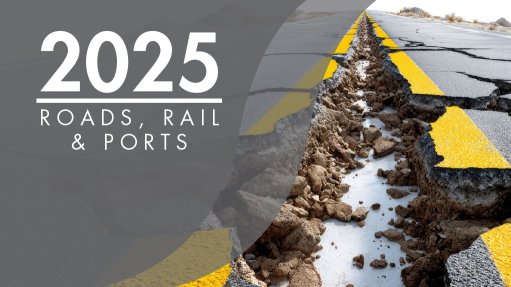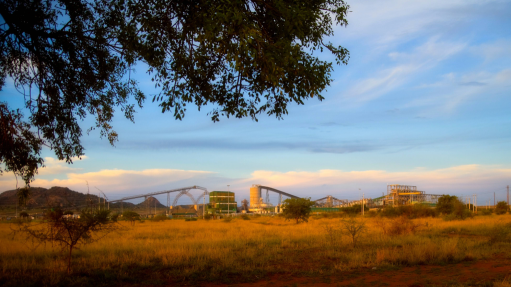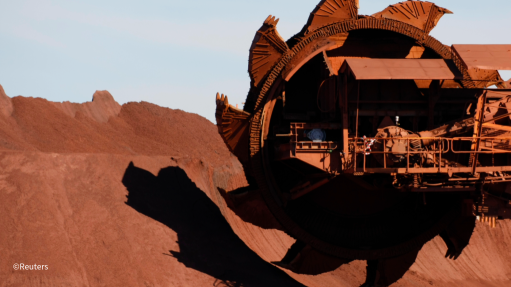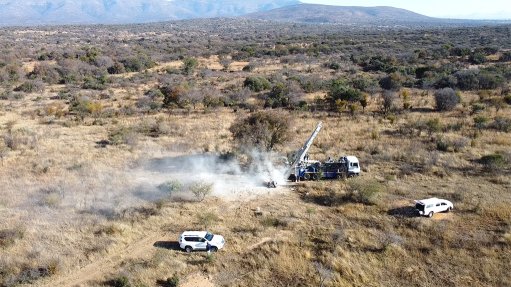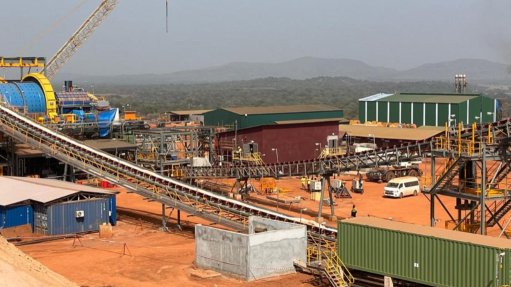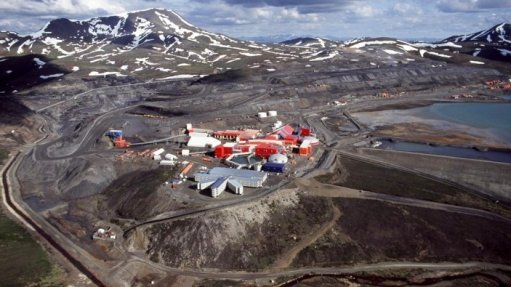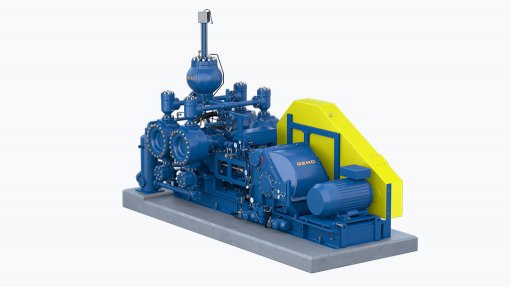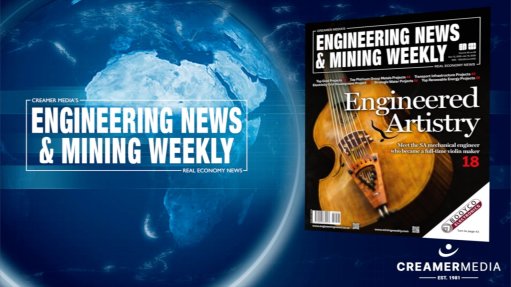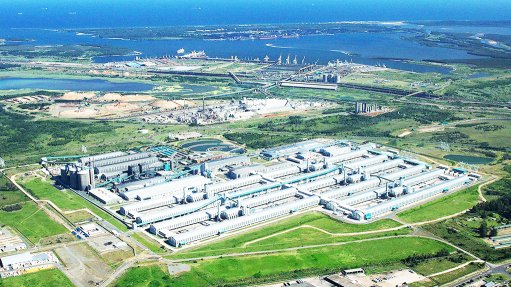Lack of geographic diversification in critical minerals supply a cause for concern, IEA report shows
Increasing supply concentration in a handful of countries and the spread of export restrictions is raising the risk of painful disruptions in global critical mineral markets, the International Energy Agency (IEA) notes in its latest yearly edition of the ‘Global Critical Minerals Outlook’.
The report presents the latest data and analysis on supply, demand, investment and more for key energy-related minerals, including copper, lithium, nickel, cobalt, graphite and rare earth elements (REEs).
It is accompanied by an updated Critical Minerals Data Explorer – an interactive online tool that allows users to explore the latest IEA projections.
For the first time, the report also includes analysis of a broader range of energy-related strategic minerals that play vital roles in the high-tech aerospace and advanced manufacturing sectors.
“In a world of high geopolitical tensions, critical minerals have emerged as a frontline issue in safeguarding global energy and economic security. With our world-leading data, analysis and policy recommendations, the IEA provides crucial support to countries across the globe as they develop their medium- and long-term strategies,” IEA executive director Dr Fatih Birol points out.
“This new analysis reviews what is at stake and what needs to be done to improve the resilience and diversity of critical mineral supply chains – a key concern for ensuring the reliability, affordability and sustainability of energy in the twenty-first century,” he adds.
The report finds that critical mineral markets have become more concentrated, not less, particularly when it comes to refining and processing.
For copper, lithium, nickel, cobalt, graphite and REEs, the average market share of the top three producers rose to 86% in 2024 from 82% in 2020, with almost all supply growth coming from the single top supplier, namely, Indonesia for nickel, and China for the other minerals.
While policy makers are now cognisant of the challenges, a detailed IEA analysis of announced projects indicates that progress towards more diversified critical mineral supply chains is set to be slow.
Based on today’s policy settings and investment trends, the average share of the top three suppliers is projected to decline only marginally over the next decade, effectively returning to the concentration levels seen in 2020.
“Even in a well-supplied market, critical mineral supply chains can be highly vulnerable to supply shocks, be they from extreme weather, a technical failure or trade disruptions. The impact of a supply shock can be far-reaching, bringing higher prices for consumers and reducing industrial competitiveness,” Birol warns.
The report shows that demand growth for key energy minerals has been strong in recent years.
Lithium demand rose by nearly 30% in 2024, exceeding the 10% yearly growth rate seen in the 2010s.
However, major supply increases – led by China, Indonesia and parts of Africa – have put downward pressure on prices, especially for battery metals. Since 2020, supply growth for battery metals has been twice the rate seen in the late 2010s.
The report also reveals risks in supply and demand balances over the next decade.
Investment momentum in critical minerals has weakened, with spending growing only 5% in 2024, down from an increase of 14% in 2023.
Exploration activity plateaued in 2024, marking a pause in the upward trend seen since 2020, and startup funding showed signs of a slowdown.
The report highlights major risks facing copper markets in particular.
With demand set to surge as countries look to expand their electricity networks, the current copper mine project pipeline points to a 30% supply deficit by 2035.
Growing export restrictions could also impact the security of supply.
Of the energy-related strategic minerals covered by the report, 55% are now subject to some form of export control.
Moreover, the scope of restrictive measures is widening to encompass not just raw and refined materials, but also processing technologies.
The report’s expanded analysis of 20 energy-related strategic minerals finds that, while market sizes may be small for some, disruptions could have outsized economic impacts.
China is the leading refiner for 19 of the 20 minerals analysed and has an average market share of about 70%.
Also, 15 of the minerals have exhibited greater price volatility than oil.
This year’s outlook report also explores mineral supply chains for emerging battery technologies, such as lithium-iron-phosphate and sodium-ion, which are challenging the incumbent nickel-based lithium-ion batteries.
The report notes that these technologies still face high concentration risks, with China controlling the supply chains for vital material components such as manganese sulphate and phosphoric acid.
Article Enquiry
Email Article
Save Article
Feedback
To advertise email advertising@creamermedia.co.za or click here
Press Office
Announcements
What's On
Subscribe to improve your user experience...
Option 1 (equivalent of R125 a month):
Receive a weekly copy of Creamer Media's Engineering News & Mining Weekly magazine
(print copy for those in South Africa and e-magazine for those outside of South Africa)
Receive daily email newsletters
Access to full search results
Access archive of magazine back copies
Access to Projects in Progress
Access to ONE Research Report of your choice in PDF format
Option 2 (equivalent of R375 a month):
All benefits from Option 1
PLUS
Access to Creamer Media's Research Channel Africa for ALL Research Reports, in PDF format, on various industrial and mining sectors
including Electricity; Water; Energy Transition; Hydrogen; Roads, Rail and Ports; Coal; Gold; Platinum; Battery Metals; etc.
Already a subscriber?
Forgotten your password?
Receive weekly copy of Creamer Media's Engineering News & Mining Weekly magazine (print copy for those in South Africa and e-magazine for those outside of South Africa)
➕
Recieve daily email newsletters
➕
Access to full search results
➕
Access archive of magazine back copies
➕
Access to Projects in Progress
➕
Access to ONE Research Report of your choice in PDF format
RESEARCH CHANNEL AFRICA
R4500 (equivalent of R375 a month)
SUBSCRIBEAll benefits from Option 1
➕
Access to Creamer Media's Research Channel Africa for ALL Research Reports on various industrial and mining sectors, in PDF format, including on:
Electricity
➕
Water
➕
Energy Transition
➕
Hydrogen
➕
Roads, Rail and Ports
➕
Coal
➕
Gold
➕
Platinum
➕
Battery Metals
➕
etc.
Receive all benefits from Option 1 or Option 2 delivered to numerous people at your company
➕
Multiple User names and Passwords for simultaneous log-ins
➕
Intranet integration access to all in your organisation







